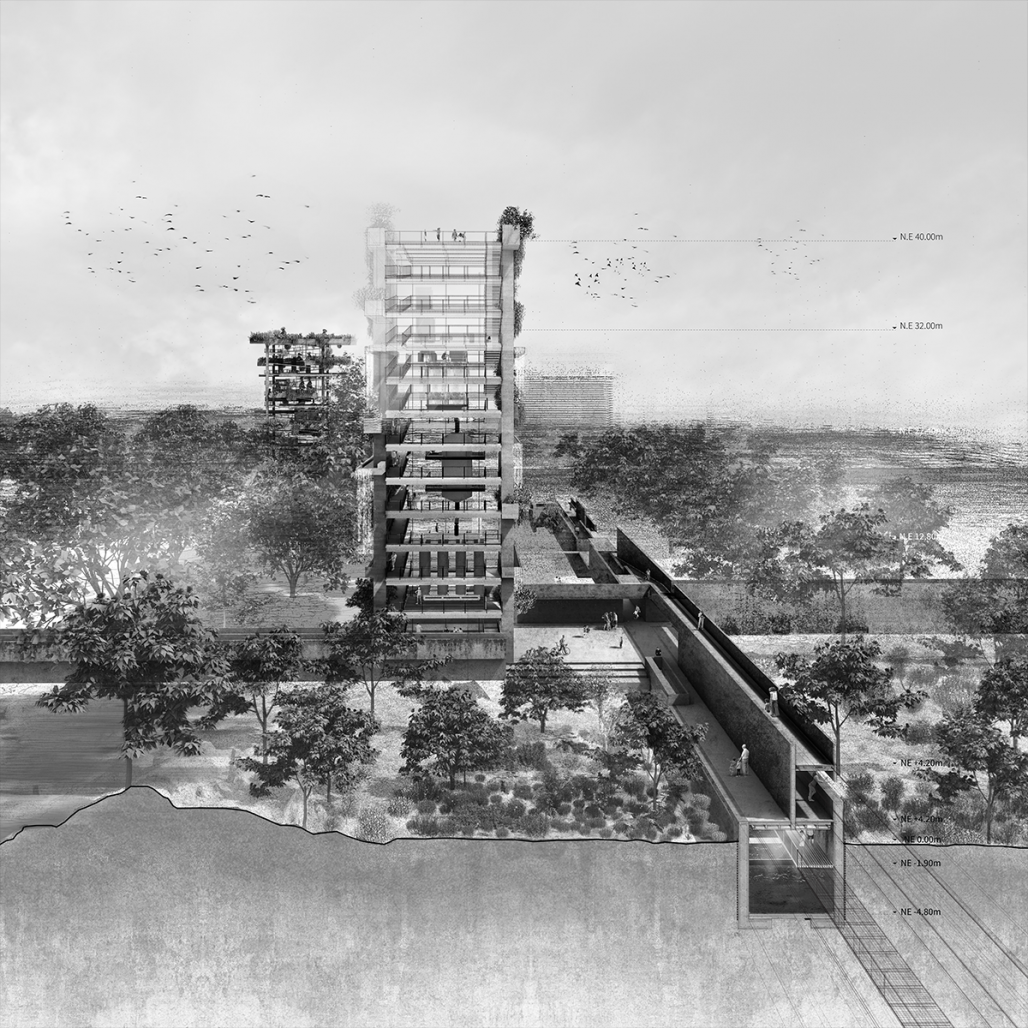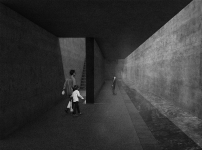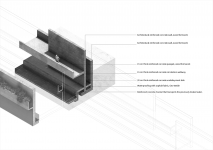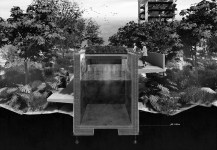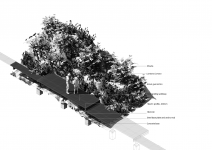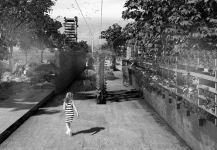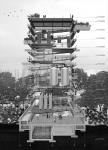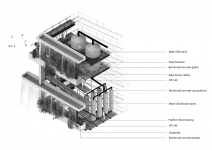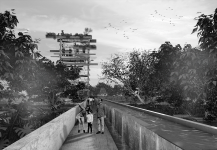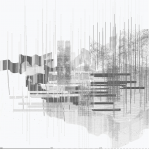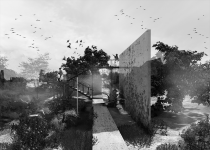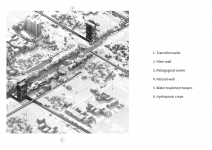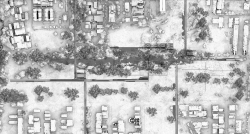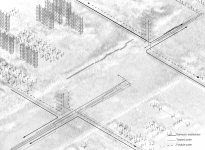The city of Neiva, Colombia, has a livestock origin, that is why, in order to maintain those activities, with the climatic conditions of the place, water reservoirs arise. These are exogenous pieces to the hydrological system consolidated from the damming of streams. However, with the passage of time these pieces have become “soft” infrastructures, which allow interactions between organisms that form biotic structures and therefore ecosystems. These ecosystems or landscapes provide ecosystem services at macro and micro scales that have recently been affected and reduced by the rapid expansion of human settlements. Human has always had a direct relationship with water, however, this resource is exploited and polluted. In this case, the wetland used to function as a water reservoir, but has been drastically reduced by anthropogenic effects such as climate change and its use as debris disposal by neighboring buildings. This has affected runoff, water cycles, fauna and flora, creating residual spaces.
Neiva has a system of four wetlands of artificial origin with similar conditions that are connected to an important ecological structure in the city. Understanding that they have the capacity to be a consolidated biological system, a replicable system is proposed in which its main function is the treatment of water to be returned to the human-made wetlands that are connected with the hydrological system of the city and therefore of the country. In other words, the water returned to the wetland would end up in important aquifers of the country.
This system has the capacity to function as a sponge independent of runoff and micro-watersheds, since most of them are channeled in the city. Its main characteristic is that it is a rhizomatic system that filters the city's wastewater. Wastewater is collected from the buildings and transported to the filters inside the walls. Once the water is treated and cleaned part of it is released into the wetland and the other part is taken to the tower where it is purified and returned to the city.
This project is composed of walls. Walls have historically been used to control, channel and divert bodies of water, under this logic we use a modern reinterpretation of what a wall is but not as an element of separation. In their interior they are capable of moving, capturing, filtering and gathering both the human and the non-human. The walls are joined with other elements that are transitory, they carry water and people, when the pieces come together, they compose a system which can have a scalable impact by replicating and connecting with the main ecological structure of the cities. Thus forming a livable public infrastructure. Each component of the system has the capacity to filter and store water. Once these uses are in place, human activity emerges, such as the pedagogical center, the use of water to generate food in the hydroponic gardens, and spaces for contemplation. As the wall rises, it takes on new properties and becomes a water catalyst since it makes water drinkable, generates water crops, is a viewpoint that generates a new relationship with the horizontal and verticalizes the landscape.
Finally, the project acts as an ecological artery at the city or territory level, but each of the pieces is a response to an ecosystem that when joined and replicated configure a system. But it is ultimately time and nature that will finish composing the architecture of this place. The replicability of the system when implemented in other contexts, glocal continues with the same responsibilities, but its program and uses are adapted to the place of implementation that varies according to the latitude and longitude.
2023
The project is located in the city of Neiva, in southern Colombia. The main element of the project are the walls, these are made of reinforced concrete, inside, the walls have the ability to filter and store water, as it opens it allows the passage of light and access to people. As you walk through the treatment plant, the wall opens, giving way to a succession of walls that allow human activity where you interact with the water ready to be delivered to the environment. Through the voids you can see the interior and exterior landscape, as well as the way the light enters the tanks. The tower consists of a reinforced concrete structure through which you can make a perimeter path, inside it has a metal structure that holds the machinery for the treatment of potable water.
Design: Valentina Trujillo
Tutors: Daniela Atencio, Claudio Rossi, Daniel Bonilla.
Favorited 4 times
